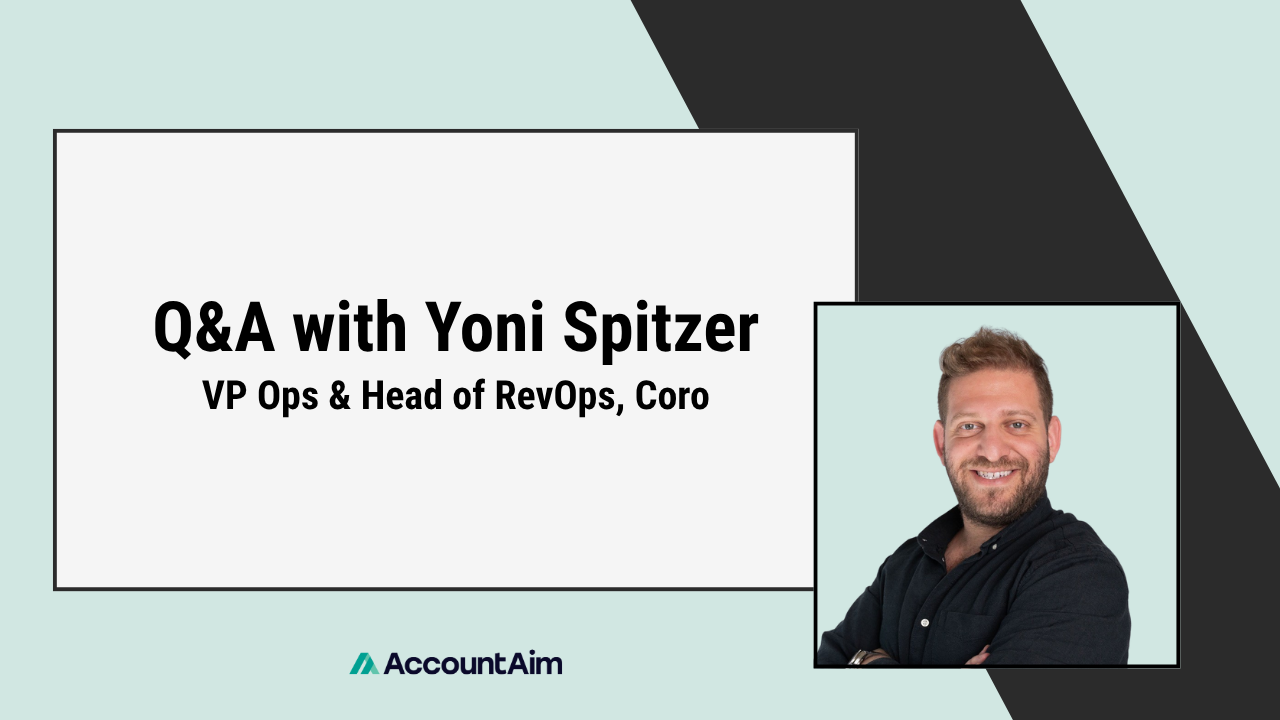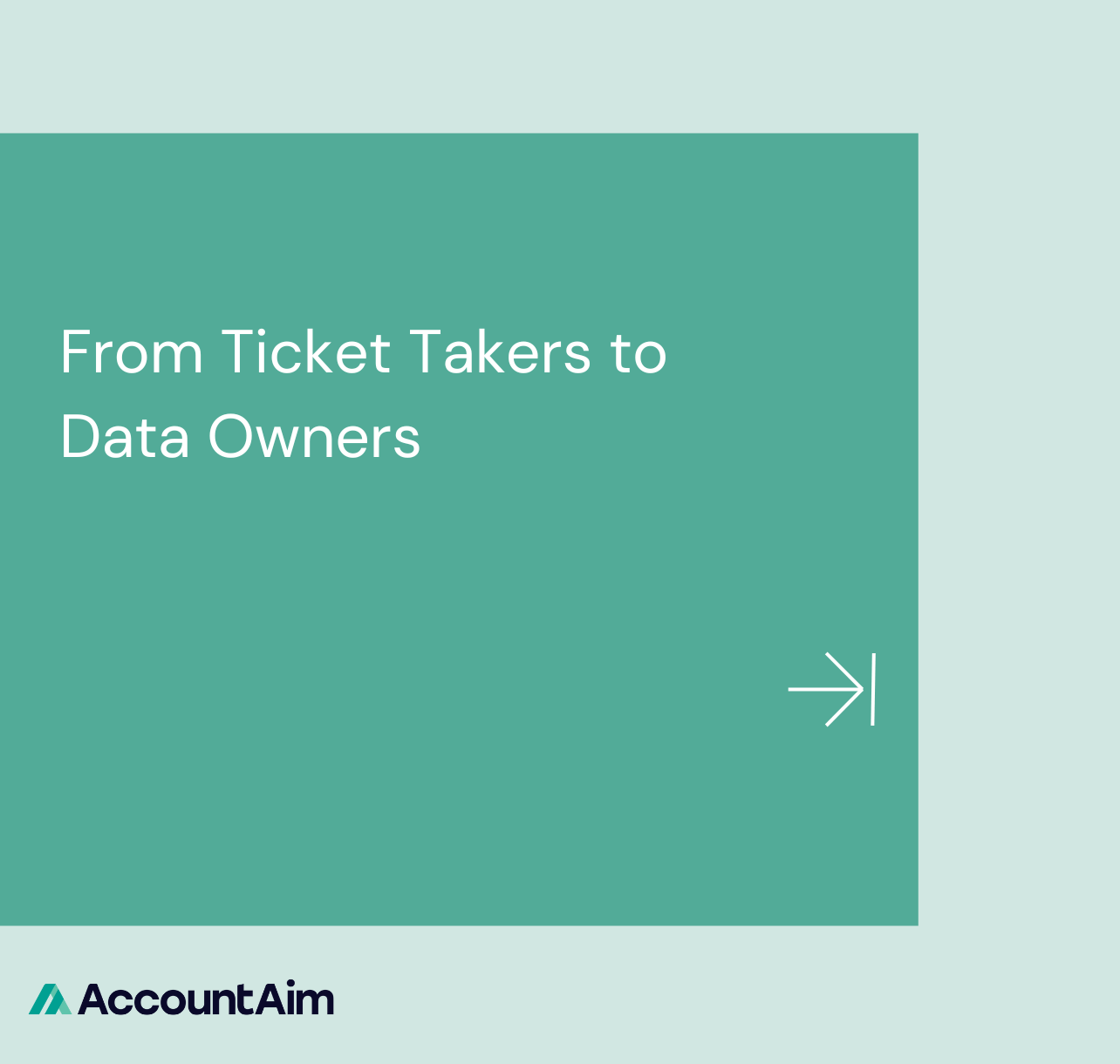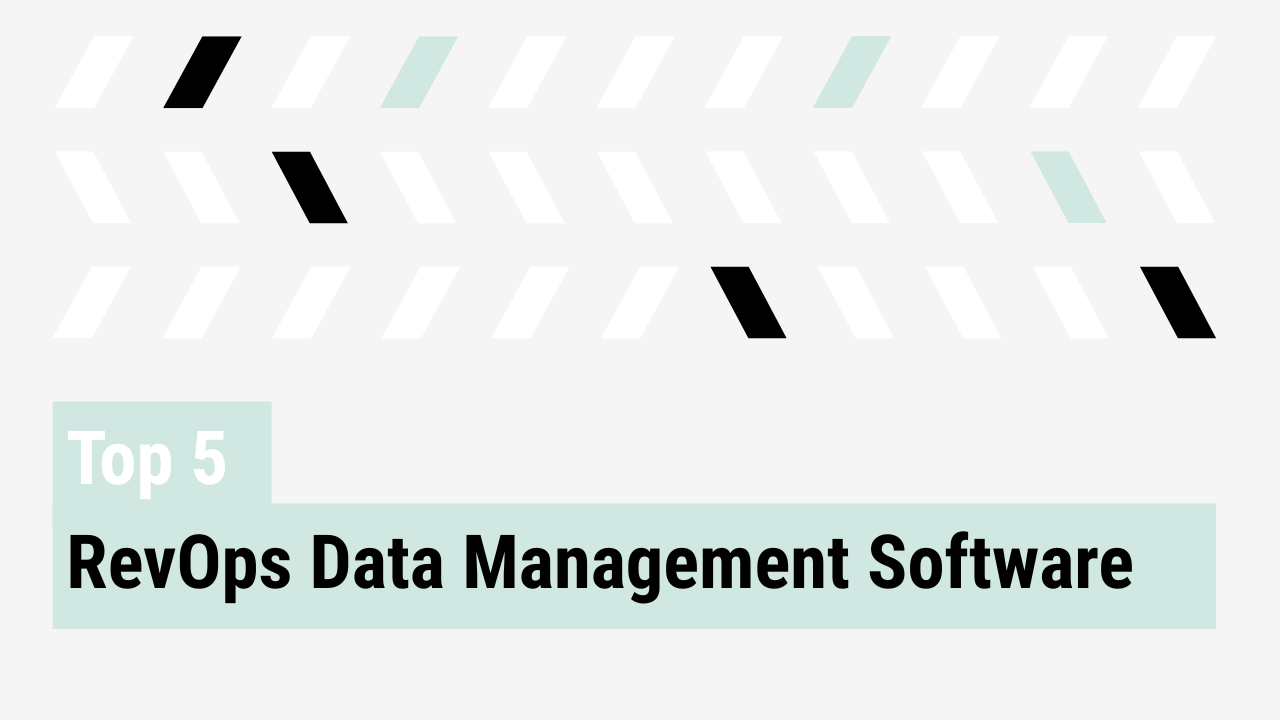The VP of Operations shares his journey from law to leadership, why RevOps must be centralized, and how data became his superpower.
At most companies, RevOps starts with a spreadsheet and a Salesforce admin. At Coro, a Series D cybersecurity firm, it started with a former lawyer and a military operations officer.
Yoni Spitzer (LinkedIn) didn’t plan a career in Revenue Operations. But over the past seven years, he’s grown with the business from early employee to VP of Operations, building Coro’s GTM engine along the way.
In this conversation, Yoni Spitzer shares how he approached RevOps from the ground up, why he believes ownership of systems and data must stay centralized, and what it takes to gain trust and strategic influence inside a scaling organization.
You started in law and the military. How did that path lead you into RevOps?
I started out in law, but quickly realized it wasn’t the right fit. I moved into high tech without much of a plan, just curiosity. I joined a 20-person cybersecurity startup in Tel Aviv as a marketing analyst. There was no sales team, no formal GTM motion.
I relied on my background as a military operations officer. I saw what wasn’t working, asked questions, and looked for ways to build infrastructure. That eventually evolved into a broader operations role, touching marketing, sales, and systems. It wasn’t a traditional path, but it gave me a wide-angle view from the start.
What was your approach to building RevOps from scratch at Coro?
The approach was: learn fast, move fast, don’t wait for permission. I wasn’t optimizing an existing engine, I was helping build it. I worked closely with leadership, poked around in HubSpot, and took ownership of anything that could accelerate go-to-market alignment. The foundation we built supported growth from 20 people to a 200-person sales organization.
“Starting with a sales team, no salespeople, and basically from the ground with no experience, just pure logic and knowing what to do in operations and being very close with the CEO and other founders.”
Why do you believe RevOps should be centralized, and how has that model worked for you?
A decentralized RevOps function creates confusion. Marketing operations reports into marketing, builds reports based on its own metrics, and hands off leads with no clear accountability. The same happens across product and sales ops. Then everyone shows up with numbers that don’t match.
We’ve centralized everything under RevOps, systems, processes, and data. When a campaign runs, we manage the infrastructure across the funnel: landing pages, lead flow, routing logic, attribution, sales motion, and follow-up. It’s not about owning everything, it’s about ensuring it all works together.
“It won’t be Marketing’s doing a campaign and good luck Sales Operations. It will be Revenue Operations doing a campaign with marketing.”
What’s your take on when a startup should bring in its first RevOps hire?
Earlier than most do. You don’t need a full-time hire on day one, but you do need someone who thinks in systems and can anticipate the complexity that’s coming. If you wait until problems show up in Salesforce, you’re already playing from behind.
How do you think RevOps should manage data, and what mistakes do companies often make early on?
The biggest mistake? Thinking data will make sense later. It won’t. Most early-stage companies treat their systems like a dumping ground. And when they finally need to report something meaningful, during a fundraise, a board meeting, a pipeline review, they realize the data can’t be trusted.
Talk to every team. Understand their goals, tools, and workflows. Then build a centralized infrastructure with consistent definitions and ownership. You may not need dashboards now, but if you don’t store things cleanly, you’ll regret it later.
What’s your ideal reporting structure for RevOps within a company?
RevOps should never report into Sales. The CRO has a quota to hit, they need a partner, not a subordinate. RevOps should be a neutral function with company-level visibility. Ideally, report into the COO or a VP of Operations who understands the cross-functional role RevOps plays.
Our job is to support revenue generation, yes, but also to challenge assumptions. That’s only possible with independence and strong executive backing.
What advice would you give to mid-level RevOps professionals aiming for VP roles?
Don’t just focus on execution. Learn how to frame trade-offs. Show up with answers, not just analysis. Think in business terms, cost, risk, return, growth. And above all: control your data. If you own the data, you own the conversation.
The more trust you build, the more impact you’ll have. Eventually, you stop being a ticket-taker and become a partner in defining the strategy.
“Speak the language of leadership. Be proactive and not reactive. And then earn trust through the data.”
Go Deeper
If you enjoyed this Q&A, check out the full conversation with Yoni Spitzer at YouTube or Spotify.
About AccountAim
AccountAim is the planning and analytics platform built for Strategic RevOps teams. With AccountAim, RevOps teams connect all of their fragmented GTM data, automatically snapshot and see trended changes over time, and build full-funnel reporting — all without SQL or data team support. Learn how Strategic RevOps teams use AccountAim to streamline forecasting, territories, cross-sells and more here.



